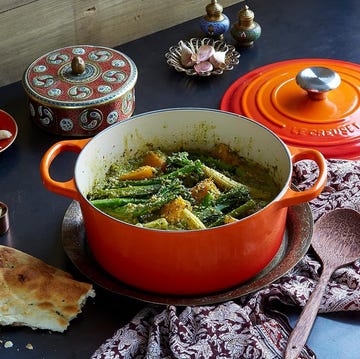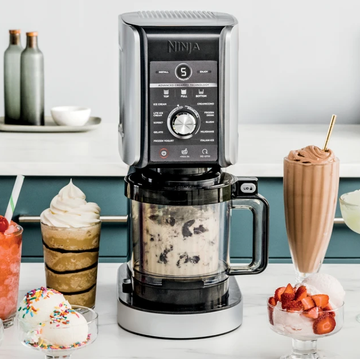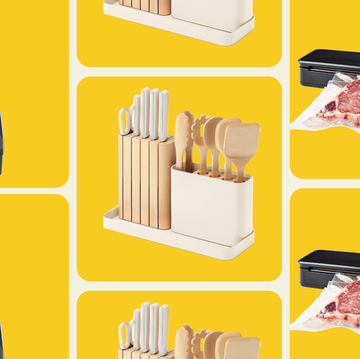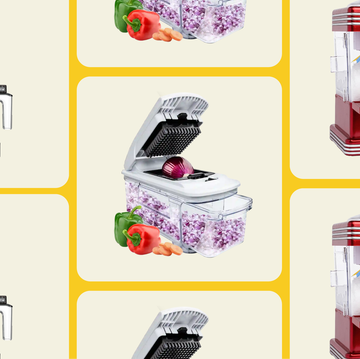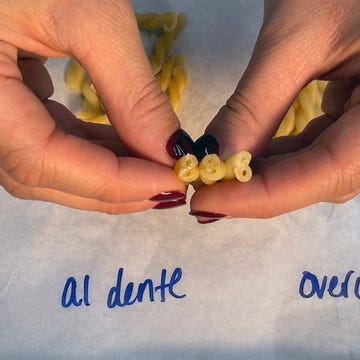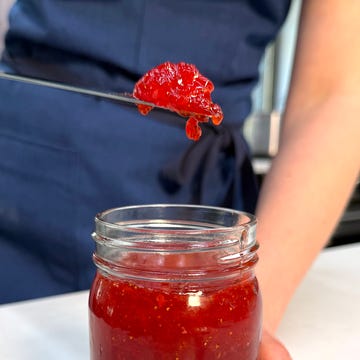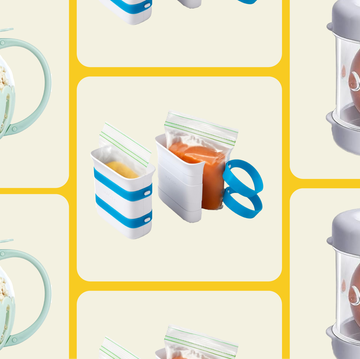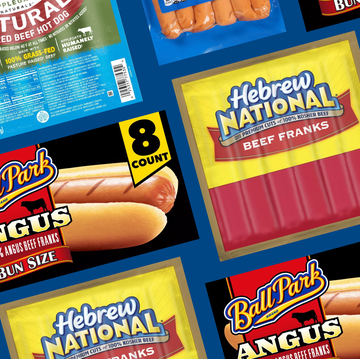1The U.S. sugar industry got started in New York.
 ASR Group
ASR GroupThe industry took root in the United States just before the turn of the century in New York City when William Havemeyer (pictured) started in the business with his brother, Frederick. Raw sugar from the Caribbean, South America, and South East Asia came through Manhattan’s shipping ports and was processed and packaged in local refineries before being shipped across the country. The Havemeyer family opened their own refinery on Vandam Street in 1807, which would be passed down for years to come.
2Florida is America's largest sugercane-producing state.
 ASR Group
ASR GroupThere's a long history of sugar production in Florida, as well. The Fanjul family launched a sugarcane farming and milling company in Palm Beach County, FL, in 1960, producing 10,000 tons of raw sugar in their first harvest. Sugar production in this family dates back to the 1850s in Cuba, and their business (now known as Florida Crystals) has since grown to include two sugar mills, a sugar refinery, packaging and distribution center, and a rice mill in the Sunshine state.
Advertisement - Continue Reading Below
3Domino quickly became a leading name in sugar.
 Jay Paull//Getty Images
Jay Paull//Getty ImagesIn 1906, the Domino Sugar brand received its U.S. trademark. Some believe the name "Domino" was given since the sugar cubes resembled game tiles. Today, Domino Foods, Inc. is the largest marketer of refined sugar in the U.S. with a combined production capacity of 2.2 million metric tons of sugar per year.
4World War II rations affected the business.
 Anthony Potter Collection//Getty Images
Anthony Potter Collection//Getty ImagesSugar sales were halted in 1942 when access to the countries providing raw sugar was cut off during World War II. Customers were limited to two pounds of sugar per month.
Advertisement - Continue Reading Below
5Domino later joined forces with other sugar brands.
 Bettmann//Getty Images
Bettmann//Getty Images52 family farmers in South Florida joined together to create the Sugar Cane Growers Coop. The group later partnered with Florida Crystals in 1998 to acquire a refinery in Yonkers, NY, and the American Sugar Refining Company was created. Domino joined the ASR family in 2001.
6You’ve probably used Domino’s granulated sugar.
 ASR Group
ASR GroupSold in bags, boxes and canisters marked with the brand’s iconic, bright yellow color and familiar blue-and-red logo, Domino’s granulated sugar products have been on the market for 115 years.
Advertisement - Continue Reading Below
7And you might recognize Domino's sister brands.
 Roberto Machado Noa//Getty Images
Roberto Machado Noa//Getty ImagesDomino is a part of ASR Group along with iconic brands such as C&H Sugar, Redpath, and Tate & Lyle—which creates popular products like Golden Syrup, sold in the U.K.
8Sugar comes from a plant.
 ASR Group
ASR GroupDid you know that this key baking ingredient grows in a field? It originates with sugarcane—a tall, fibrous plant packed with sucrose. When sugarcane is harvested, it’s cut at the bottom of the stalk, then the plant regrows and can be harvested again in a year. Sugar is one of nature’s most efficient agricultural crops from the field to the table.
Advertisement - Continue Reading Below
9The refining process is fascinating.
 ASR Group
ASR GroupAfter sugarcane is harvested and cut into small pieces, it’s run through rollers that crush the stalks seven times to extract their juices. The juice is heated and clarified, removing impurities. The resulting thick syrup is crystallized and continues to grow.
10Domino aims to minimize its environmental footprint.
 Hannah Doolin
Hannah DoolinDomino makes focused efforts to reduce waste and engage in responsible sourcing and farming practices. Resources such as water vapor and fiber leftover from the refining process are reused to produce electricity and make plates and other disposable containers. The company's biomass power plant produces clean, renewable energy that powers its sugar operations as well as local homes.
Advertisement - Continue Reading Below
11The difference between white and brown sugar is molasses.
 Domino Sugar
Domino SugarDuring crystallization, molasses is left around some of the sugar crystals. When creating white sugar, the remaining molasses is washed away, leaving behind 99.5% sucrose. Light brown and dark brown sugars are the result of varying levels of remaining molasses that’s incorporated into the final product. This keeps the sugar moist and lends rich, caramel flavor to recipes where light and dark brown sugars are used, such as brownies, cookies, BBQ sauces and marinades.
12So what’s powdered sugar?
 Domino Sugar
Domino SugarConfectioners sugar, which you’ve probably used to whip up a batch of frosting, fudge or homemade Christmas candy, is granulated sugar that’s been pulverized into a fine powder. Domino’s confectioner’s sugar also contains cornstarch to prevent caking.
Advertisement - Continue Reading Below
13Domino just released a brand-new type of sugar.
 Domino/Erika Balser
Domino/Erika BalserDomino's latest product, Golden Sugar, is a less processed form of their famous granulated sugar. While white sugar is refined to remove all color, Golden Sugar maintains some of the naturally occurring molasses left behind during the crystallization process.
BUY NOW
14Domino Golden Sugar is easy to use in recipes.
 Domino Sugar
Domino SugarGolden Sugar is made from pure cane sugar, but has a golden color and hint of molasses flavor. It works cup-for-cup and dissolves just like white sugar, so bakers can sub it in to any recipe.
Advertisement - Continue Reading Below
15Sugar adds much more than sweetness.
 Emily Hlavic Green
Emily Hlavic GreenSugar is not just an agent for sweetness in recipes—it adds texture, flavor and water content, contributing to different results depending on the type you choose to use. Check out how sugar can affect the flavor and chewiness of cookies and brownies.
16Domino's corporate baker has some clever tips.
 Domino Sugar
Domino Sugar Advertisement - Continue Reading Below
Advertisement - Continue Reading Below
Advertisement - Continue Reading Below


